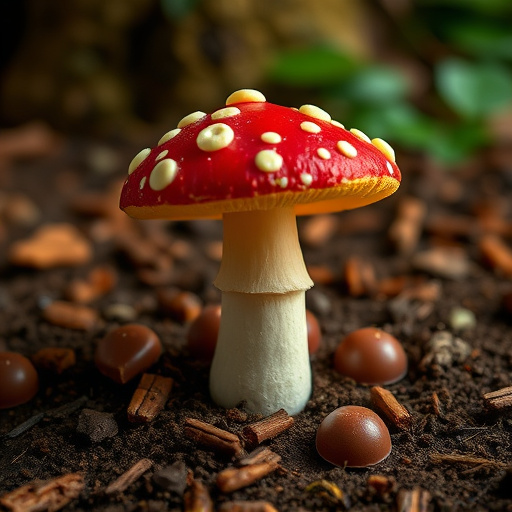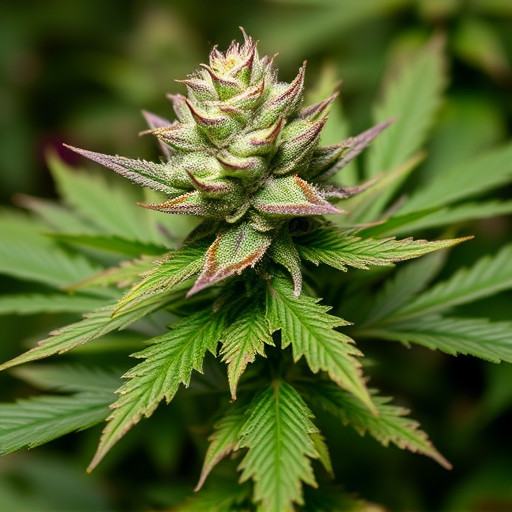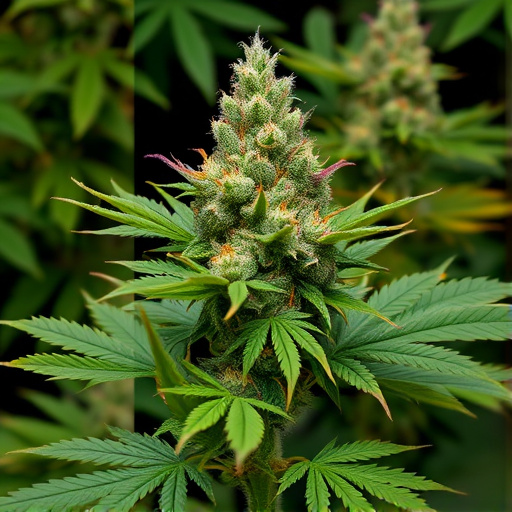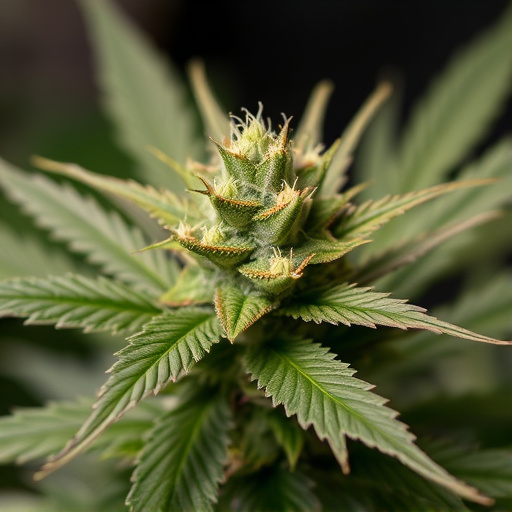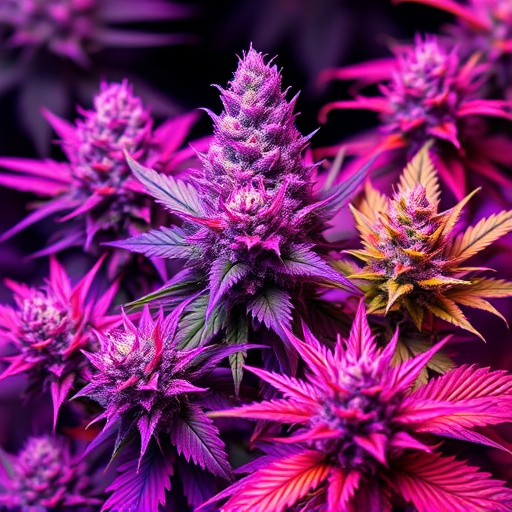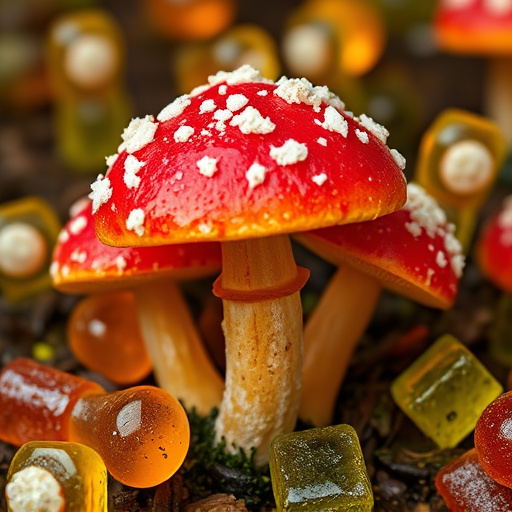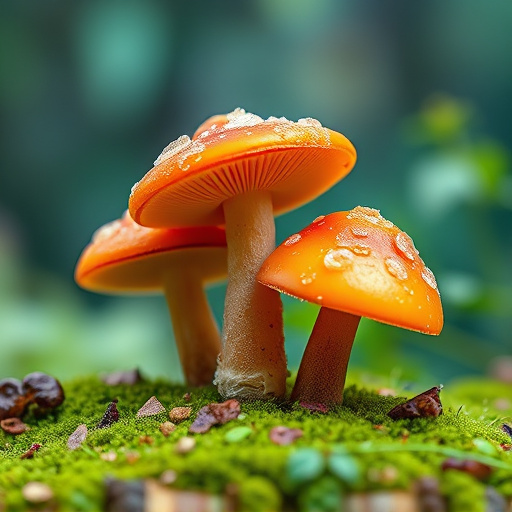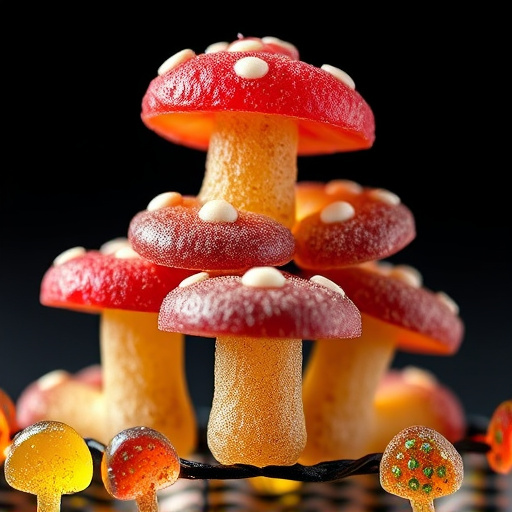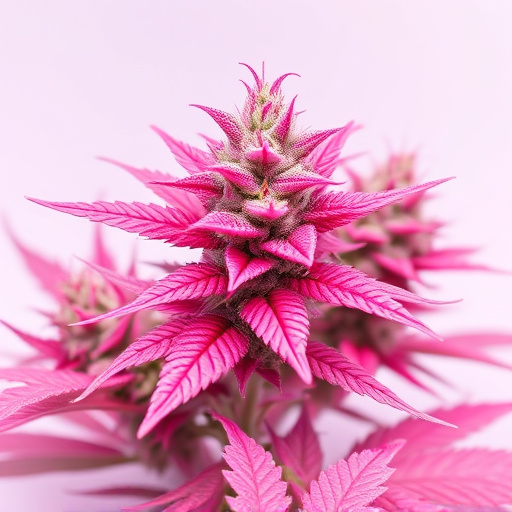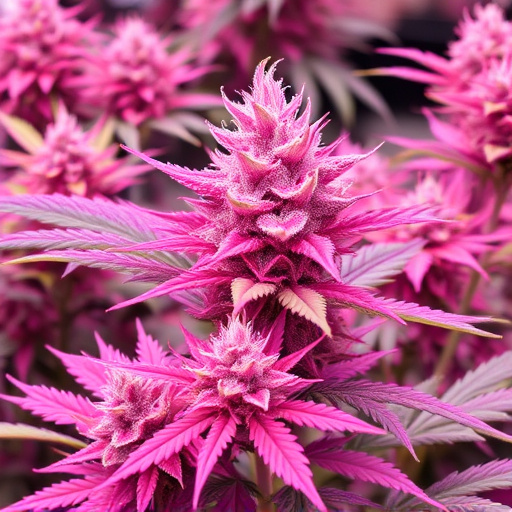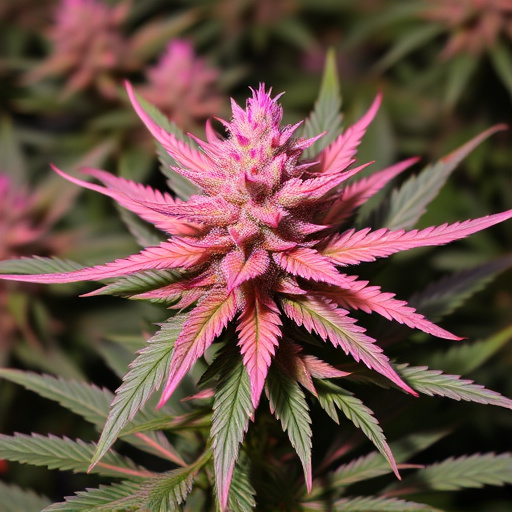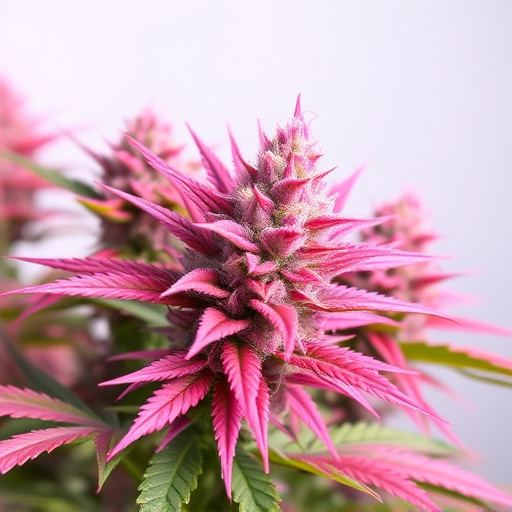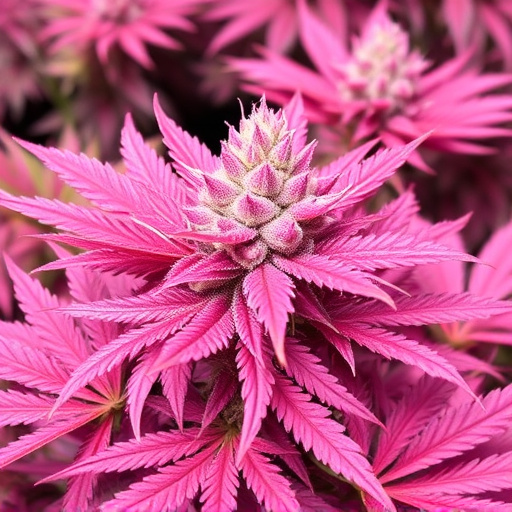Pink cannabis strains have gained popularity due to their unique cannabinoid profile, particularly high CBD and low THC content. These strains interact with the brain's dopamine and serotonin neurotransmitters, modulating their activity and offering potential therapeutic benefits for anxiety and depression. While THC boosts dopamine levels, contributing to euphoria, CBD interacts with the endocannabinoid system to regulate neurotransmitters, promoting improved mood and reduced anxiety without intense psychoactivity. Pink strains provide a subtle effect, appealing to those seeking natural solutions for mental health and neurochemical balance.
Cannabis has long been known for its effects on the brain, but its interaction with neurotransmitters like dopamine and serotonin remains a complex subject. This article explores how cannabis influences these chemical messengers, particularly focusing on the potential benefits of pink cannabis strains in regulating neurotransmitter levels. We’ll delve into the balance it helps maintain, impacting mood and behavior, providing insights into why certain strains are gaining attention for their unique properties.
- Cannabis and the Brain's Chemical Communication: Dopamine and Serotonin
- The Role of Pink Cannabis Strains in Neurotransmitter Regulation
- Balancing Act: Exploring the Impact of Cannabis on Mood and Behavior
Cannabis and the Brain's Chemical Communication: Dopamine and Serotonin
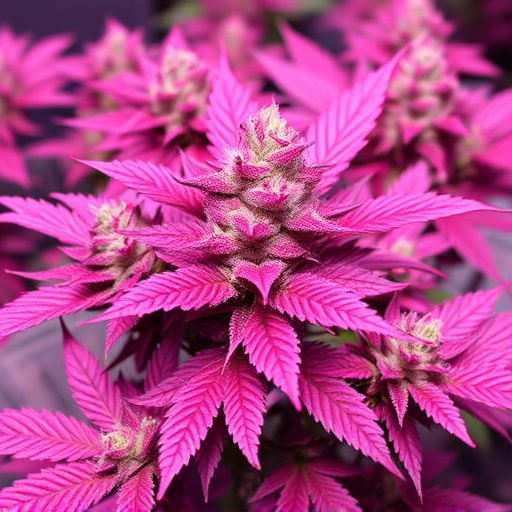
Cannabis interacts with the brain’s intricate chemical communication system, particularly targeting dopamine and serotonin, neurotransmitters playing a pivotal role in mood, motivation, and pleasure. When cannabis is consumed, its compounds bind to specific receptors in the brain, leading to a complex cascade of effects. Dopamine, often referred to as the “feel-good” neurotransmitter, is significantly influenced by cannabis use. The activation of dopamine receptors contributes to the euphoric high associated with cannabis, reinforcing pleasurable experiences and potentially altering natural reward pathways.
Pink cannabis strains, known for their unique hues and potential therapeutic benefits, contain compounds like THC and CBD that modulate dopamine and serotonin activity. While THC can increase dopamine levels, leading to heightened pleasure and motivation, it also affects serotonin receptors, which are linked to mood regulation. This interaction may explain the varied emotional responses people experience after consuming cannabis. Understanding these chemical dynamics is crucial in navigating the potential therapeutic applications of pink cannabis strains for conditions like depression and anxiety, where dopamine and serotonin imbalances are often implicated.
The Role of Pink Cannabis Strains in Neurotransmitter Regulation
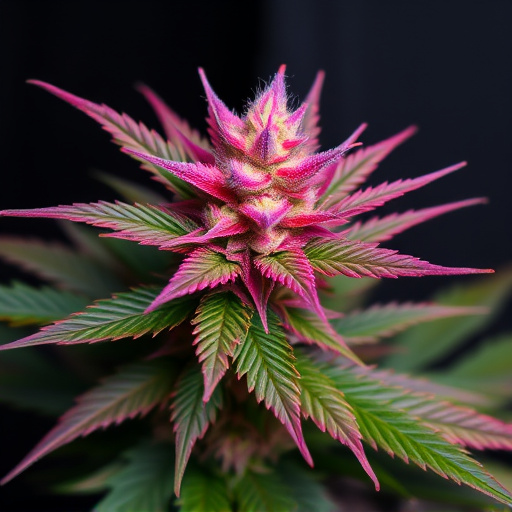
Pink cannabis strains have gained attention for their potential benefits related to neurotransmitter regulation, particularly dopamine and serotonin. These strains often contain higher levels of cannabinoids like CBD (cannabidiol) and lower amounts of THC (tetrahydrocannabinol), which can influence brain chemistry in a more subtle way compared to strains with higher THC content.
CBD is known for its ability to interact with the endocannabinoid system, playing a crucial role in maintaining neurotransmitter balance. By modulating dopamine and serotonin levels, CBD may help regulate mood, reduce anxiety, and promote overall well-being. Studies suggest that pink cannabis strains, rich in CBD, can provide a more calming and therapeutic experience without the intense psychoactive effects associated with high THC content. This makes them an appealing option for individuals seeking natural remedies for mental health and neurochemical balance.
Balancing Act: Exploring the Impact of Cannabis on Mood and Behavior
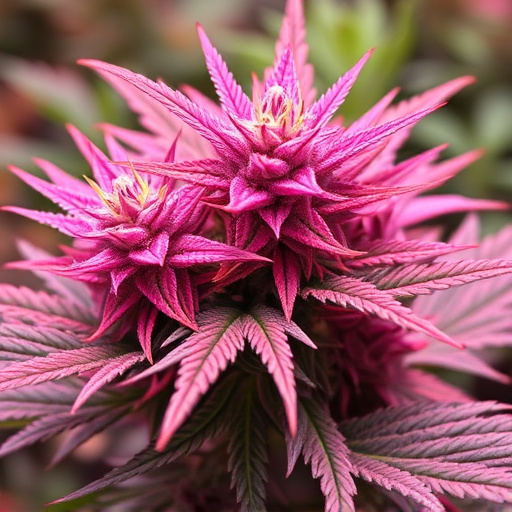
Cannabis interacts with our brain’s neurotransmitters, including dopamine and serotonin, which play a crucial role in regulating mood, behavior, and emotion. This interaction can be seen as a delicate balancing act. When cannabis is consumed, especially certain strains known for their higher levels of CBD (cannabidiol) and lower THC (tetrahydrocannabinol), it may help stabilize these neurotransmitters, potentially offering therapeutic benefits for mental health conditions like anxiety and depression.
The impact of cannabis on mood can vary greatly depending on the individual’s biology and the specific strain consumed. For instance, pink cannabis strains, renowned for their unique combination of cannabinoids and terpenes, are believed to have a more subtle effect, promoting relaxation and well-being without causing intense euphoria. This subtlety allows for a fine-tuned interaction with dopamine and serotonin systems, making it a potentially appealing option for those seeking to enhance their overall mood and behavior in a balanced manner.
In conclusion, cannabis’s interaction with dopamine and serotonin systems plays a pivotal role in mood regulation and behavior. While studies highlight the potential therapeutic benefits of specific strains, such as pink cannabis strains, understanding their complex effects on neurotransmitters is essential. Further research into this balancing act between cannabis, dopamine, and serotonin can lead to more effective treatments for various neurological and psychological conditions.
